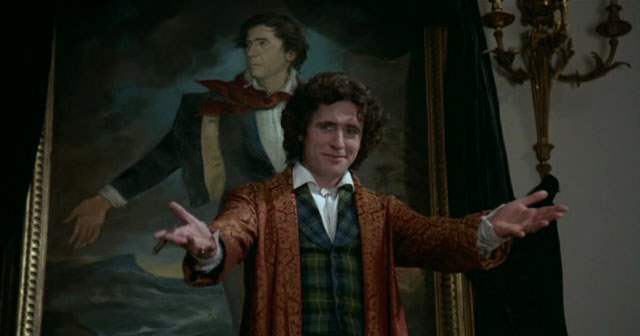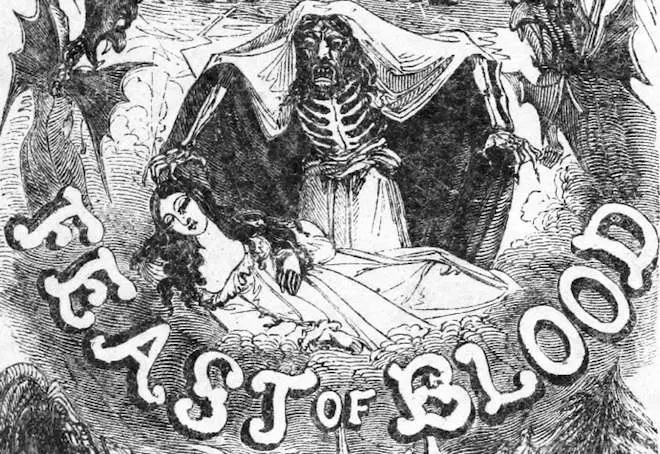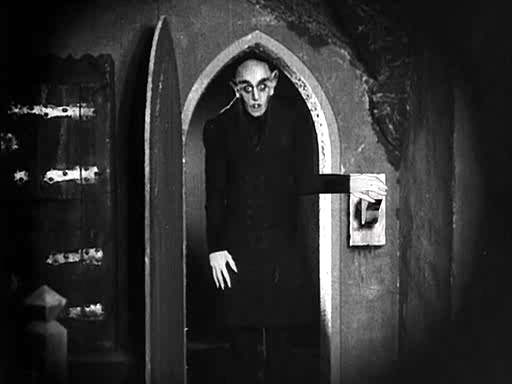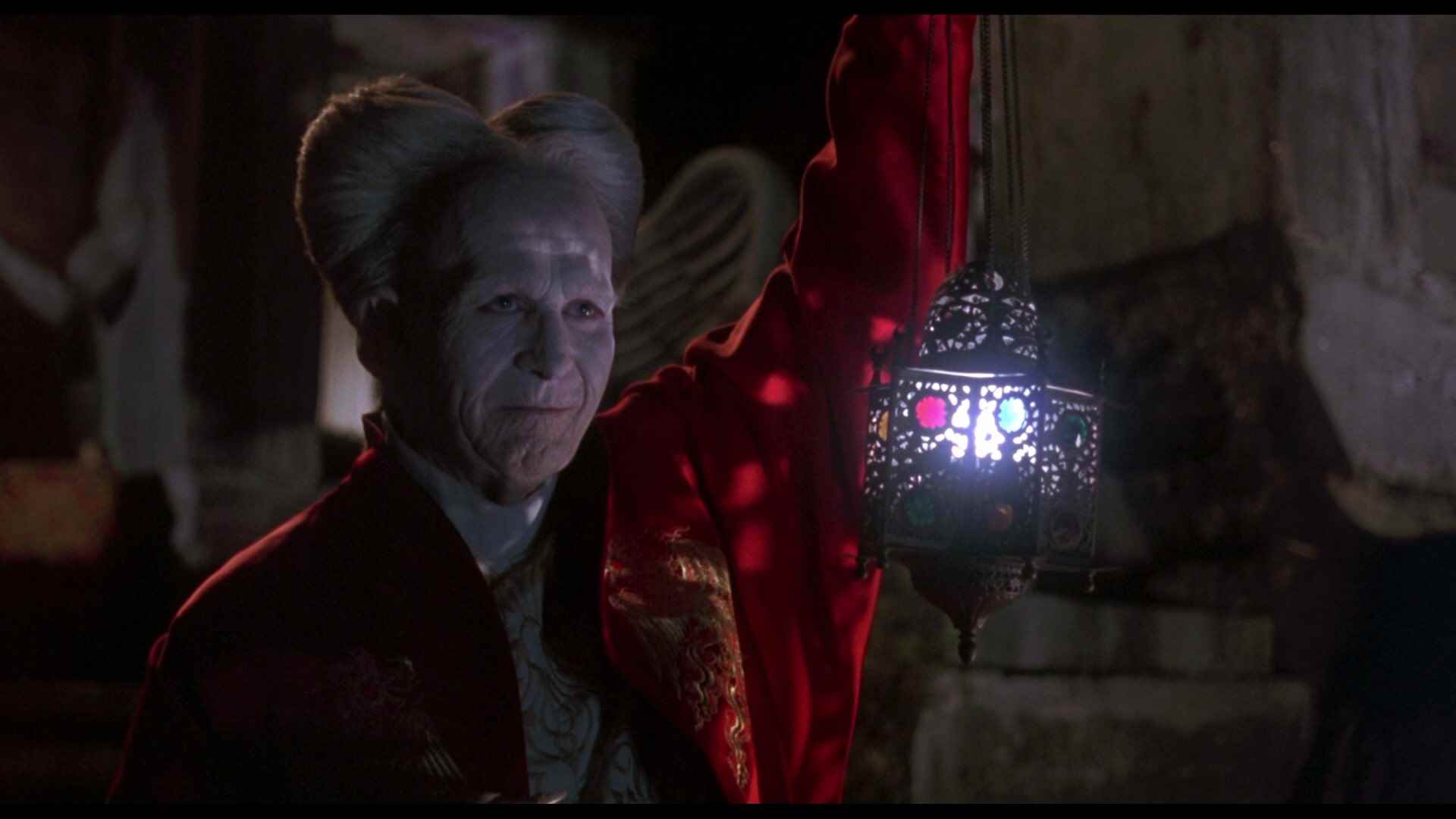Bram Stoker is often credited with creating the vampire genre with his seminal novel, Dracula. But this is far from true. Stories about vampires go back as far as we have stories, at least to ancient Sumer and beyond. If anything, Stoker introduced vampires to the mainstream and made them a perennial mainstay of genre fiction. But they had been used in fiction before him. As someone who was sick for most of his childhood, Stoker was well-read and did an impressive amount of research going into Dracula.
With this list, we’ll be looking at some of those influences and examining just what impact they had on Stoker’s masterpiece of gothic fiction and how it benefitted from the literature that came before it. Some of these stories were good, some were bad, but important aspects of the book and the character of Count Dracula drew from major aspects of every single one of them.
“Fragment of a Novel” by Lord Byron
This wasn’t a direct influence on Dracula, but it might be one of the most important entries on this list nonetheless. Of course, it all begins with the famous summer and the famous thunderstorm where Byron declared that he, Mary Shelley, Percy Shelley and the punchable-faced John Polidori each write a ghost story to pass the time. Mary famously wrote the basic concept for Frankenstein, Byron wrote this fragment of a novel, Percy abandoned his idea and Polidori—according to Mary—had a “terrible idea about some skull headed lady” and continued to sulk and complain as he was known to do. Byron’s fragment of a novel wouldn’t be of much importance until the publishing of Polidori’s “masterpiece.”
“The Vampyre” by John PolidoriPolidori re-emerged after his falling out with Byron and the Shelleys with “The Vampyre” which is well known for being the first piece of vampire fiction in the English language. It’s known as a classic and was no doubt one of the first things that Stoker looked at when conceiving his own vampire story. Except Polidori’s story bears a striking resemblance to the fragment of a novel that Byron wrote to the point of basically being outright theft. In addition to this, the vampire Lord Ruthven is very clearly based on Byron himself.
 Varney the Vampire by James Malcolm Rymer
Varney the Vampire by James Malcolm Rymer
Varney the Vampire is the pinnacle penny dreadful, made for cheap, serialized with no real concern for quality, only output. Each chapter ends on a cliffhanger with no real thought as to where the story is going and it’s not written spectacularly well. Yet its influence on Dracula, which certainly has a pulpish sensibility, cannot be denied.
 “The Mysterious Stranger” by Anonymous
“The Mysterious Stranger” by Anonymous
It’s amazing how much influence a story can have without even knowing who wrote it. This German story with its grotesque depiction of the vampire is amazing, clearly influencing the silent film Nosferatu but bearing a striking resemblance to the Count’s depiction in the novel as well.
 “Good Lady Ducayne” by Mary Elizabeth Braddon
“Good Lady Ducayne” by Mary Elizabeth Braddon
Although both characters are female here, “Good Lady Ducayne” bears many similarities to the early portions of Dracula, which saw Harker journey to Eastern Europe to stay with the Count as they finalized the buying of the Count’s property in London. Here, the action is transported to Italy and now we have a young woman taking care of an old, frail woman who has tragically lost many helpers in the past—all of whom fell ill under mysterious circumstances. This matches up extremely well with the first few chapters of Dracula, in which the Count is himself old and frail and introduces the concept of the old vampire growing at least somewhat younger, which Dracula uses to great effect.
 Carmilla by J. Sheridan LeFanu
Carmilla by J. Sheridan LeFanu
No story had a bigger influence on Stoker than LeFanu’s 1872 novella, Carmilla. Although this story follows a young female vampire who seduces a young woman, much of the plot structure is borrowed heavily for Dracula’s second two acts. We have a young woman with a mysterious illness, then bringing in a doctor who seems to know something of vampirism. This is exactly what happens during the middle portion of Stoker’s Dracula. At the end, when the whole story is revealed, we see the heroes track the vampire back to their lair and pound a stake through their heart. Although the stake is not used in Dracula, it is used to dispatch Lucy earlier in the novel and the ending is similar all the same.







